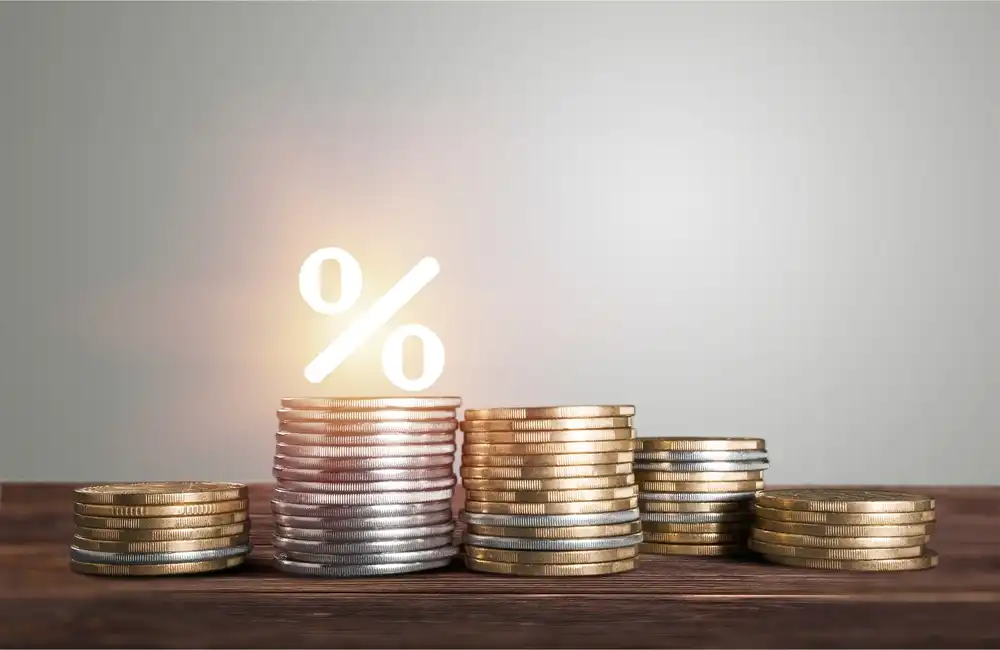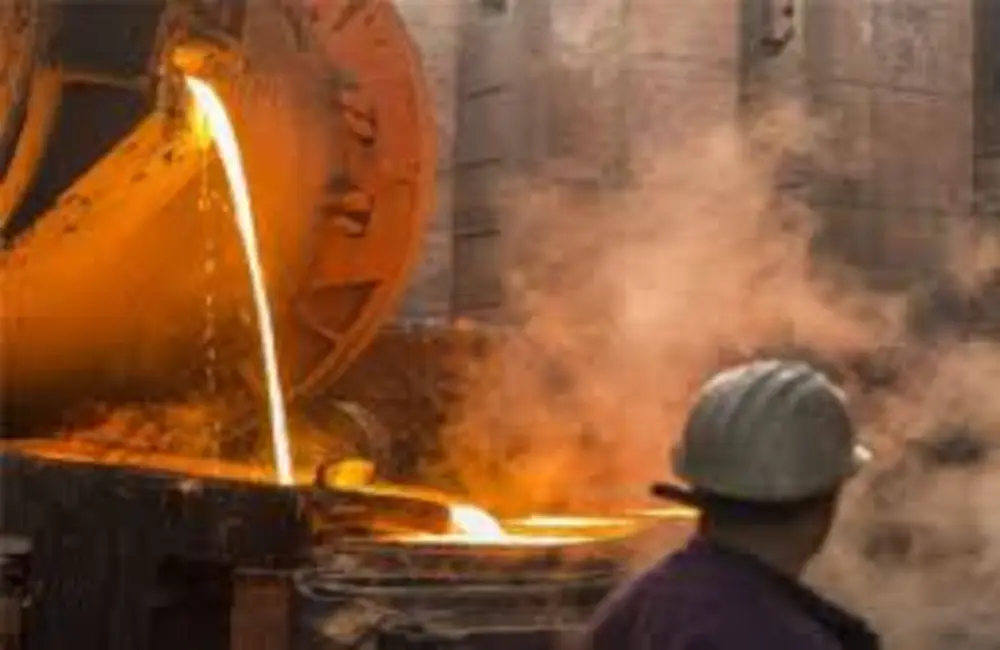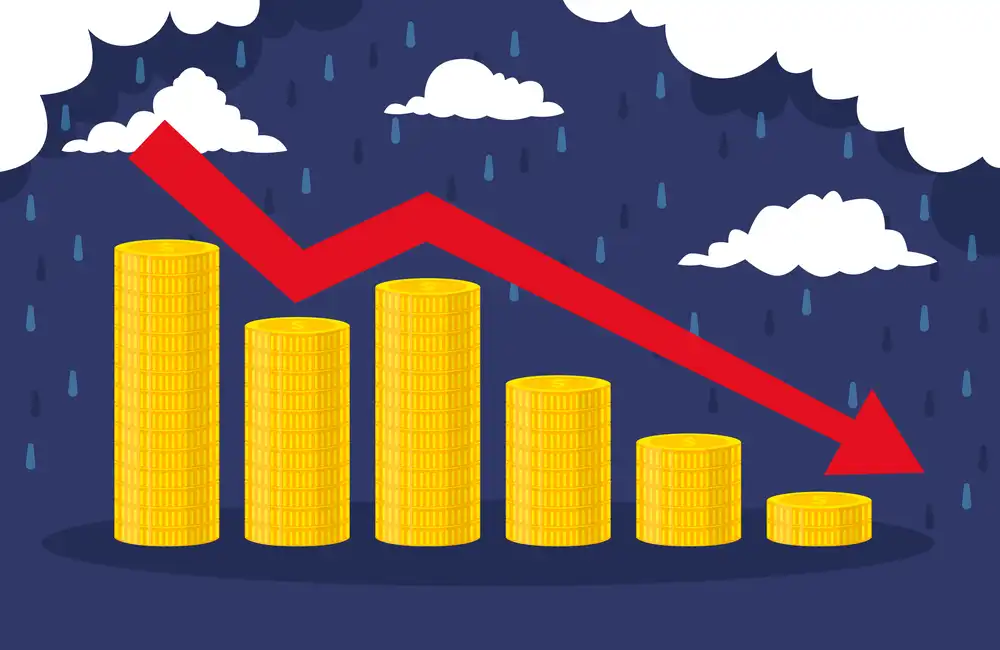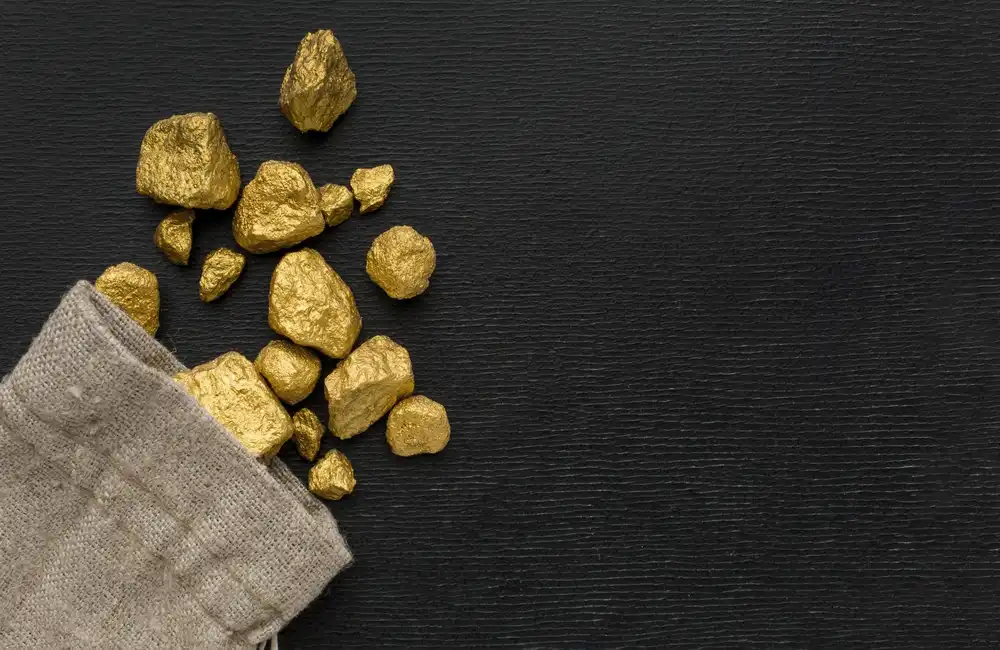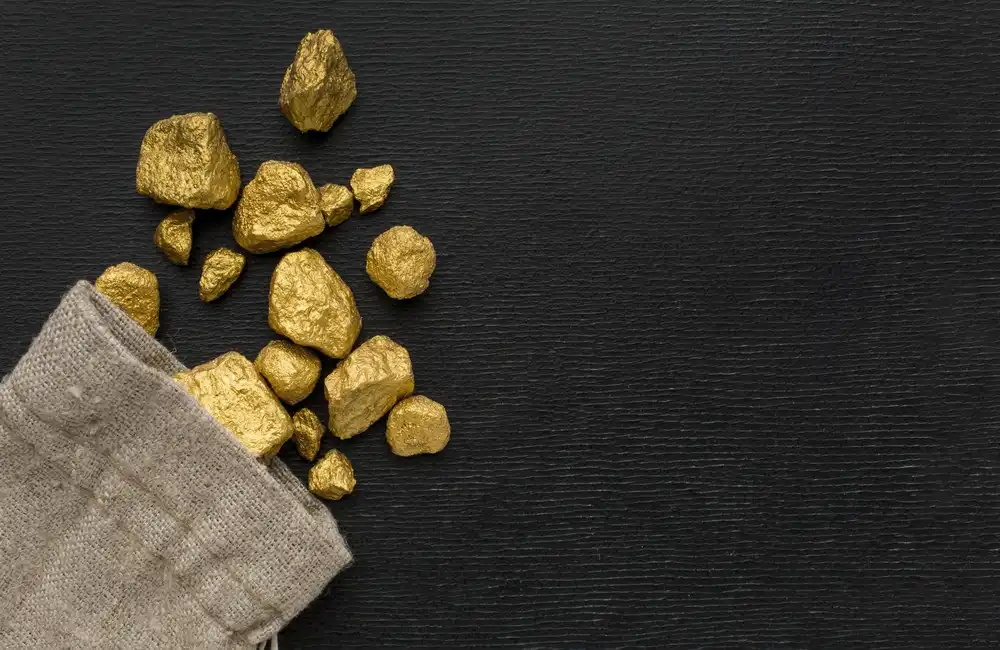Spot copper concentrate treatment charges in China may rise further in Q2 due to easing supply and as Chinese smelters in a spot market have been expressing preference for very clean concentrates, market participants said.
Geopolitical and Supply Chain Impacts on Copper Concentrates and Cathode Markets
Complex Concentrates and Blending Trends
Geopolitical factors have played some role too, with supply of complex copper concentrate materials with high levels of impurities such as arsenic and fluorine up in Q1, thanks to increased output at Indonesia's Grasberg and Serbia's Timok mines.
As a result of surpassing the complex concentrate supply, these concentrates need to be blended with other concentrates to lower the deleterious content to pass the import regulations by Chinese customs. This has allowed for greater availability of these types of concentrates in the market.
Spot Market Movements
In Q1, offers in the spot market for clean concentrate also rose owing to unforeseen maintenance at the major Chinese smelter Yanggu Xiangguang Copper in March.
The S&P Global Commodity Insights daily clean copper concentrate treatment charge hit a one-year high on March 31 of $79.20/mt CIF China, up 33% from Dec. 31, 2021, and is set to rise further into Q2 as the supply eases. Higher TC means a lower price for the concentrate.
Logistics and Production Developments
A road blockade at the Las Bambas mine in Peru was finally lifted a month ago, and production is set to ramp up during Q2 at Ivanhoe Mine's Kamoa-Kakula site in the Democratic Republic of Congo. Shipments originally scheduled for Yanggu Xiangguang will instead be diverted to the spot market.
Logistical disruptions inside and outside of China have seen in-transit concentrate inventories rise, but that has not curbed smelter appetite for material in the near term.
In Q1, shipment delays from Las Bambas in Peru and Escondida in Chile, along with U.S. labor shortages, were compounded by stringent pandemic controls entering China—adding 3-5 days on top of the existing 10-day customs delays. These conditions raised in-transit inventories, which smelters could not immediately utilize, according to a source from an eastern China smelter.
Additionally, Indonesian supply to Southeast Europe through the Black Sea has been curtailed by Russia’s invasion of Ukraine. Market players expect this material may be redirected to Asia, increasing regional supply.
Demand for Super Clean Concentrates
(Reuters) Super clean concentrate is in greater demand. The increased availability of blended concentrates and higher operational copper and gold prices led smelters to prefer clean concentrates with 1 gram or less of gold and 22%-25% copper content.
“Given the cost of removing the impurities and the challenges in mixing when you buy non-standard concentrates, it seems more reasonable to just buy clean concentrates,” a second smelter in eastern China said.
The price gap between clean and Antamina B (high-bismuth and high-zinc) concentrate widened to $10/mt TC in March, from $5/mt TC in January.
Outlook for Imported Cathode Premiums
There is uncertainty around imported cathode premiums due to opposing market forces. Lower Chinese domestic output and suspended operations at Yanggu Xiangguang, along with outbound shipments of cathodes, tightened local supply.
Meanwhile, COVID-19 outbreaks in China have increased transport costs and depressed cathode demand and transaction volumes. Although China has not sanctioned Russian entities, many traders have avoided purchasing Russian cathode in dollars, due to Chinese banks’ compliance with Western sanctions.
Despite Western sanctions not targeting Russian cathode directly, traders have shifted to using the yuan for purchases, albeit without discounts. Russian cathode inflows to China in February and a slow recovery in import premiums post-Lunar New Year added pressure on prices. Additionally, weak construction and manufacturing activity during the Winter Olympics and strict COVID measures further reduced demand.
Oversupply has caused domestic copper prices to lag behind global benchmarks. Import losses reached a record Yuan 3,000/mt ($470/mt) on March 4, when three-month copper on the LME surged to $10,500/mt.
Chinese copper cathode import premiums dropped to $20/mt on March 7, the lowest since June 21, 2021.
Record losses have prompted traders to divert port-bound cargoes into bonded warehouses, enabling later export to LME warehouses or delayed sale into the domestic market when conditions improve.






